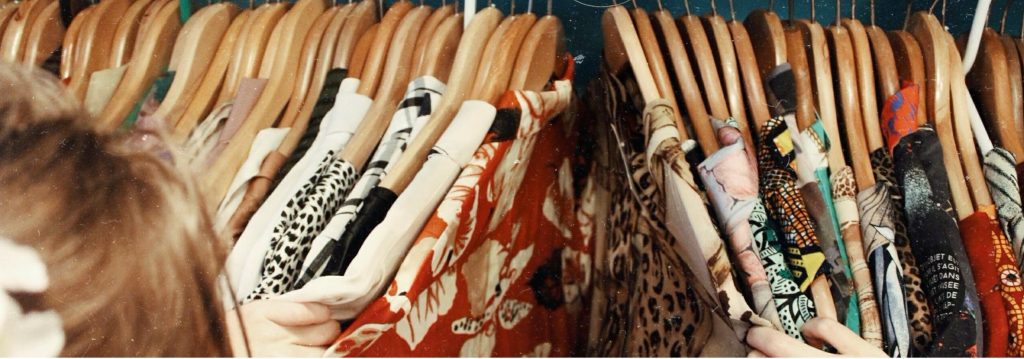
Sustainability & Affordability
Why younger generations are fueling the rise of secondhand sales
The secondhand sales industry is booming. Amidst cries for sustainability in the fashion industry, which is the world’s second-largest polluter, more people are turning to used fashion as an alternative. As Reuters reported, “the resale industry is expected to grow 11 times faster than the broader retail clothing sector in the period to 2025… driven also by a growing awareness of fast fashion’s environmental toll”. Younger generations are fueling this growth. This is something Insider reported on earlier this year, noting “the sustainable aspect of secondhand clothing”, and how “Gen Z is more willing than any other generation to pay more for sustainable products.”
Aside from the growing popularity of thrift stores, online resale platforms like Depop, Poshmark, and the RealReal are becoming increasingly popular. Last month Etsy acquired Depop, confirming this trend. These platforms offer shopping with an emphasis on “circularity, reduced waste and access to clothing at reduced prices…checking many boxes for today’s consumer” (Forbes).

“The fashion industry is well known for creating an appetite for new things. But our definition of what “new” means is changing. Now, a new outfit could come from rental or resale. There has been a big shift with consumer opinions towards resale being totally revolutionized.”
AnneMarie Tomchak via Forbes
As secondhand sales continue to grow, another question has come up—one that companies like The RealReal are trying to tackle—when buying secondhand, how do you know a product isn’t fake?
Thrifting Threat
The case for brand protection with secondhand sales
The resale market isn’t just growing in the fashion world. Categories like sports equipment, electronics, and music equipment are also experiencing secondhand sales growth (World Resources Institute). As we know, counterfeit products can pose serious health and safety risks to your consumers, as well as damage your brand’s reputation. Companies are taking a variety of approaches to the counterfeit problem.
The value proposition of companies like The RealReal depends on authentication. The RealReal utilizes physical, in person authentication by trained experts. The downside to methods like these are the cost and labor associated with physical interventions, and their reliability can’t be guaranteed. Other authentication and anti counterfeit efforts include tagging clothes, but those things are often removed at the point of sale—making authenticity hard to prove if the product’s life cycle outlives a single consumer’s use for the product.
Especially as demand for certain products continues to grow amidst the supply chain shortages, scammers on third-party sellers, which includes resale platforms, are sure to take note. Heading into the holiday season, these resale platforms will be filling a different need—the supply chain one. Supply chain shortages “are expected to drive more people to secondhand clothing companies such as Poshmark Inc, ThredUp Inc, and RealReal, which are not as affected by global supply chain issues as they get their stock mainly from the closets of American households” (Reuters). While inventory predictability is a downside of secondhand shopping, it’s not a bad place to keep an eye on for those hard-to-find items and luxury goods. You might even save a buck doing so.
You cannot control the entire life cycle of your product, but there are steps you can take to educate your customer and protect your brand regardless of where your product moves in the world. Blockchain technology is revolutionizing the fashion industry—allowing for consumers to validate the authenticity of the product and companies to promote their brand story and further build brand loyalty.


Blockchain Mail
How Vi3’s technology merges with your physical product to protect your brand
Blockchain technology has made its way into mainstream discussion around luxury goods. This year, Louis Vuitton announced its collaboration with Cartier and Prada on Aura, “the world’s first global luxury blockchain” (LMVH). Because blockchain provides an immutable transaction ledger, it’s an effective way to ensure authenticity.
Vi3 utilizes private blockchain technology, ensuring security and traceability around your authentication measures. By incorporating hyperunique, scannable identifiers into the materials of your products, your products serve as the communication channel between you and your consumers. Via V Connect, you can provide authenticity verification, share sustainability metrics, and more. Because these identifiers are incorporated into your physical product, your consumers will have access to this data for as long as your products are out in the world.
If you want to implement a solution that will last through your direct consumers and beyond, especially in today’s secondhand market, reach out to one of our experts today.